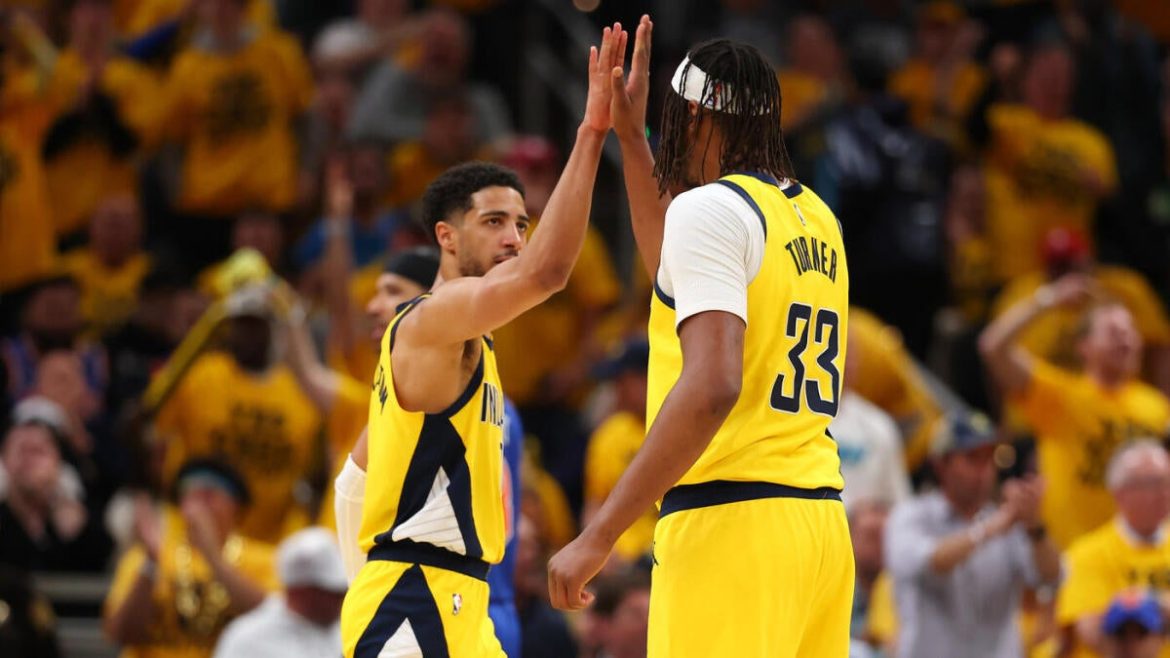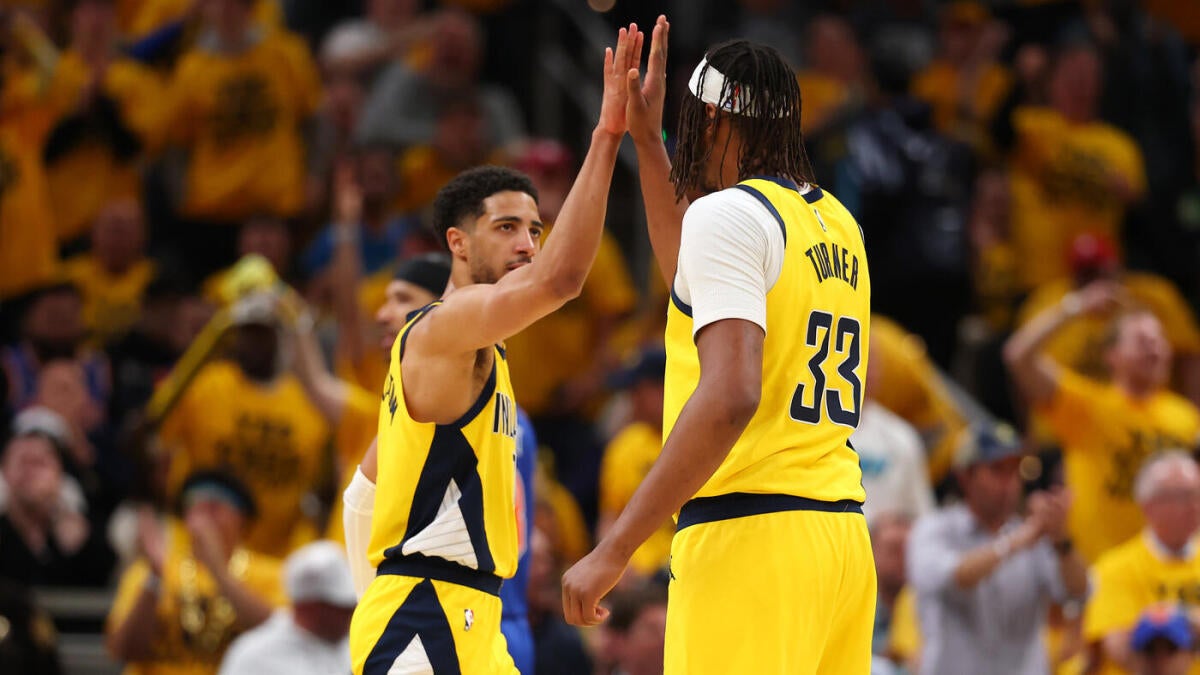The NBA’s Changing Landscape: Myles Turner Predicts the End of the Superteam Era
The NBA Finals of 2025, featuring the Indiana Pacers and Oklahoma City Thunder, have generated significant buzz—not only because of the teams involved but due to what these teams represent for the future of the league. Pacers’ center Myles Turner boldly suggests that this Finals matchup signals the end of the NBA’s “superteam” era and the dawn of a fresh, innovative approach to roster-building. This perspective challenges longstanding NBA norms and provides thought-provoking insight into how teams might construct championship-contending rosters moving forward.
The Rise and Fall of the Superteam
For more than a decade, the prevailing NBA narrative has been dominated by superteams: star-studded lineups that gather multiple All-Stars and marquee players on a single roster to maximize immediate championship chances. From Miami Heat’s Big Three of LeBron James, Dwyane Wade, and Chris Bosh to Golden State Warriors’ dynasty led by Stephen Curry, Kevin Durant, and Klay Thompson, these superteams have defined the league’s competitive balance. Playing alongside top-tier stars was widely regarded as the surest path to NBA glory.
This era revolved around “stacking” star talent, often resulting in predictable Finals matchups and one-sided championship runs. But as Turner reflects, the 2025 Finals may signal a paradigm shift away from this concentration of star power.
Depth and Chemistry as the New Blueprint
The Pacers and Thunder stand apart from recent champions not by the sheer number of superstars on their rosters but through their remarkable team depth and chemistry. Both teams have showcased that balanced lineups, strategic player development, and strong organizational cultures can compete at the highest level without relying solely on assembling multiple superstars.
Turner emphasizes that the “new blueprint” for success focuses on building well-rounded teams. This includes leveraging promising young talent, valuing role players, and fostering strong interpersonal bonds—what Turner calls the “power of friendship.” These elements, he argues, contribute more decisively to playoff success than the mere aggregation of high-profile names.
Rethinking Roster Construction
In this model, the focus on depth means teams prioritize versatility and cohesion instead of only chasing free agents or trades for marquee stars. It requires patient talent cultivation, astute drafting, and an emphasis on strategic fit over star resumes. The Pacers and Thunder exemplify this by maximizing their collective strengths and minimizing reliance on individual superstars.
This shift carries implications for player mobility, salary cap management, and team culture. Organizations may increasingly become laboratories for long-term roster building rather than short-term “win now” moves dominated by superstar signings. The ability to blend experience, youth, and complementary skill sets becomes a valuable competitive edge.
Challenging the Myth of Superstar Dominance
Historically, postseason success was often equated with superstar dominance. But the 2025 playoffs proved that team depth could overcome star-studded adversaries. The Pacers’ Eastern Conference triumph over a more renowned Knicks squad and the Thunder’s successful Western Conference campaign underscore this thesis.
Such outcomes challenge the belief that championship contenders must revolve around three or more bona fide superstars. Instead, it hints at a league where smart construction, adaptability, and team chemistry trump star power alone.
Impact on the NBA’s Competitive Balance
If Turner’s prediction holds true, the NBA may witness a more evenly matched landscape. The era of perennial superteams will give way to a league where multiple teams with strong depth and chemistry can realistically achieve Finals success.
This could lead to more fan engagement overall, as the path to the championship becomes less predictable and more accessible for small and mid-market teams. It also encourages innovation across coaching strategies and player development, as teams refine their blueprints for success beyond simply attracting stars.
Conclusion: A New Era Beckons
The 2025 NBA Finals, featuring the Indiana Pacers and Oklahoma City Thunder, offer more than just a championship battle; they embody a transformative moment for professional basketball’s competitive philosophy. Myles Turner’s vision of a post-superteam era centered on depth, chemistry, and intelligent roster-building speaks to a potential revolution in how NBA success is defined and pursued.
As the league evolves beyond reliance on star-stacked rosters, this new blueprint promises a richer competitive environment where solidarity, strategy, and synergy lead the way. Whether this trend solidifies over coming seasons remains to be seen, but the narrative of the 2025 Finals has undeniably planted the seeds for a fresh era in NBA history—one where friendship and team unity might just be the greatest assets of all.





